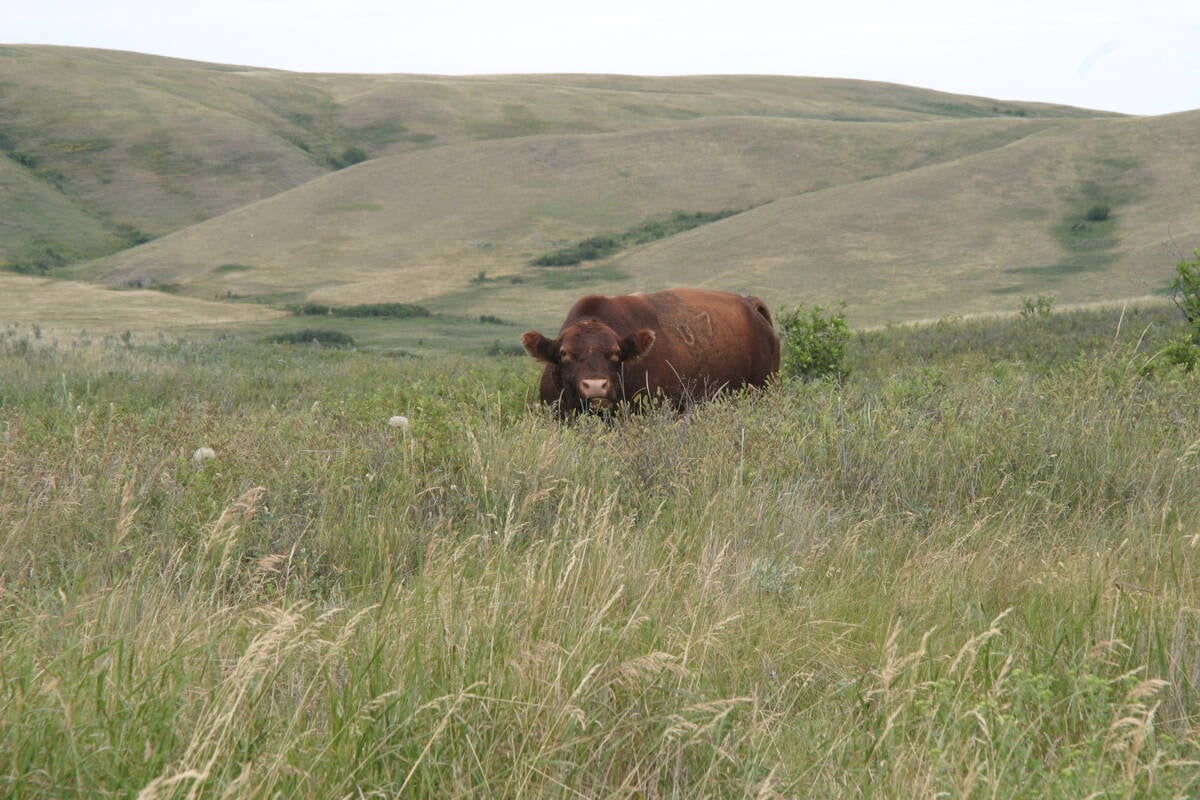Canada’s top pulse breeding program is cracking down on American freeloaders.
For years farmers in the Pacific Northwest region of the United States have been buying royalty-free pea and lentil seed developed at the University of Saskatchewan’s Crop Development Centre and paid for by Canadian growers through check-off dollars.
These American growers are increasingly competing with Canadians in pulse export markets.
“It’s not really a fair situation,” said CDC director Rick Holm.
In an effort to right that wrong, the centre has launched a program to capture royalties on pulse seed sold outside of Canada.
Read Also

Saskatchewan puts crown land auction on hold
Auctions of Saskatchewan crown lease land are once again on hold.
“Canadian growers strongly support our research programs and it’s fair that growers outside of Canada who benefit from these varieties also contribute,” said Holm.
International rights to 42 pea, lentil, chickpea and bean varieties have been assigned to three prairie companies that will co-ordinate the collection of royalties on those lines.
Nodricks Norsask Seeds Ltd. of Tisdale, Sask., has the outside-of-Canada rights on 11 CDC pea varieties, FarmPure Seeds of Regina owns the rights on 15 lentil varieties and Canterra Seeds (2002) Ltd. of Winnipeg will oversee the collection of dues on 16 lines of chickpeas and beans.
Saskatchewan Pulse Growers initially held the worldwide marketing rights on those varieties, as it does with all the pulse lines coming out of the CDC, but it gave them back to the centre, which in turn passed them along to the three seed companies.
The grower association will continue to relinquish its international rights on most varieties, although it will hold on to a few unique lines where prairie growers could supply the entire world demand for certain niche markets.
Seed growers who sell any of the 42 listed varieties into the U.S. are asked to contact the appropriate company and make arrangements to collect and remit the royalties.
It will be a system of voluntary compliance since the centre has no mechanism to police it.
If seed growers and seed companies are diligent about collecting the royalties, it could mean tens of thousands of dollars in additional revenue for the Crop Development Centre.
Holm said 35 percent of the royalties will go toward general operating revenues with the remainder directed at whatever breeding program the variety stemmed from, so if it was a lentil variety sold into the U.S. it would go toward the lentil breeding program.
While he doesn’t know the exact volume of pulse seed trade with the U.S., Holm has seen Statistics Canada estimates showing tens of thousands of tonnes of peas and lentils heading across the border. It’s a much smaller quantity of chickpeas and beans.

















